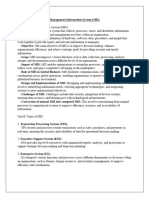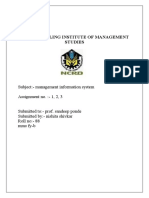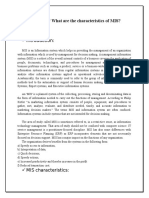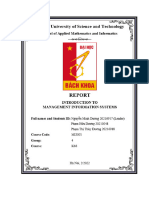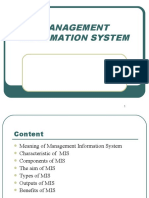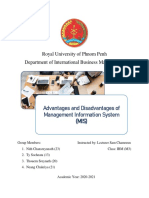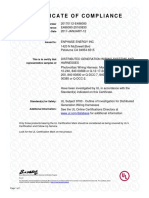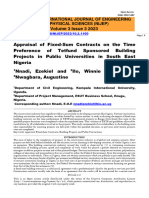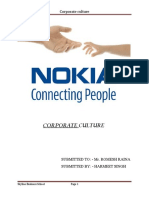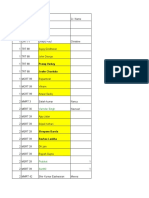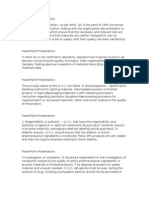0% found this document useful (0 votes)
22 views18 pagesGnao Summary
A Management Information System (MIS) is crucial for organizations as it collects, processes, stores, and disseminates information to support decision-making and operational efficiency. Various Tanzanian institutes utilize different types of MIS tailored to their specific needs, such as student management and financial operations. Key components of MIS include data collection, processing, storage, dissemination, and feedback mechanisms, which enhance decision-making and organizational performance.
Uploaded by
thadeygr07Copyright
© © All Rights Reserved
We take content rights seriously. If you suspect this is your content, claim it here.
Available Formats
Download as DOC, PDF, TXT or read online on Scribd
0% found this document useful (0 votes)
22 views18 pagesGnao Summary
A Management Information System (MIS) is crucial for organizations as it collects, processes, stores, and disseminates information to support decision-making and operational efficiency. Various Tanzanian institutes utilize different types of MIS tailored to their specific needs, such as student management and financial operations. Key components of MIS include data collection, processing, storage, dissemination, and feedback mechanisms, which enhance decision-making and organizational performance.
Uploaded by
thadeygr07Copyright
© © All Rights Reserved
We take content rights seriously. If you suspect this is your content, claim it here.
Available Formats
Download as DOC, PDF, TXT or read online on Scribd
/ 18













